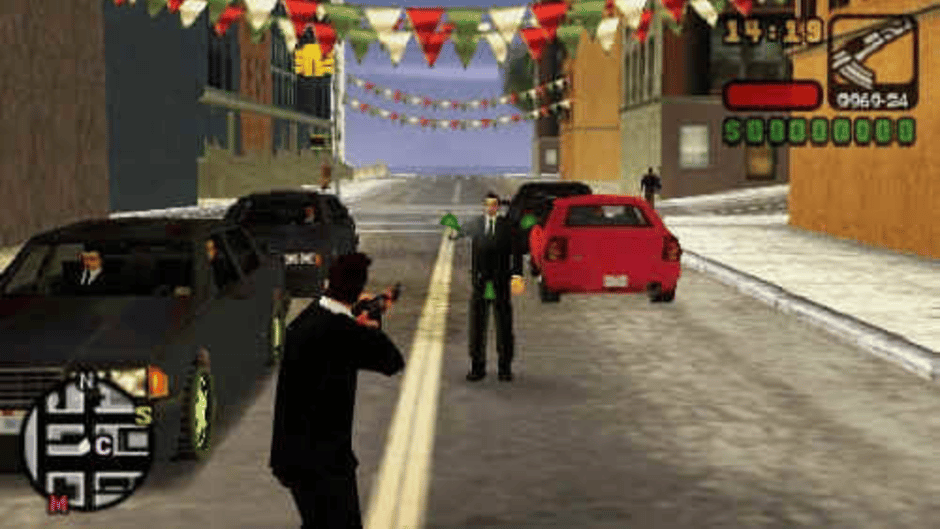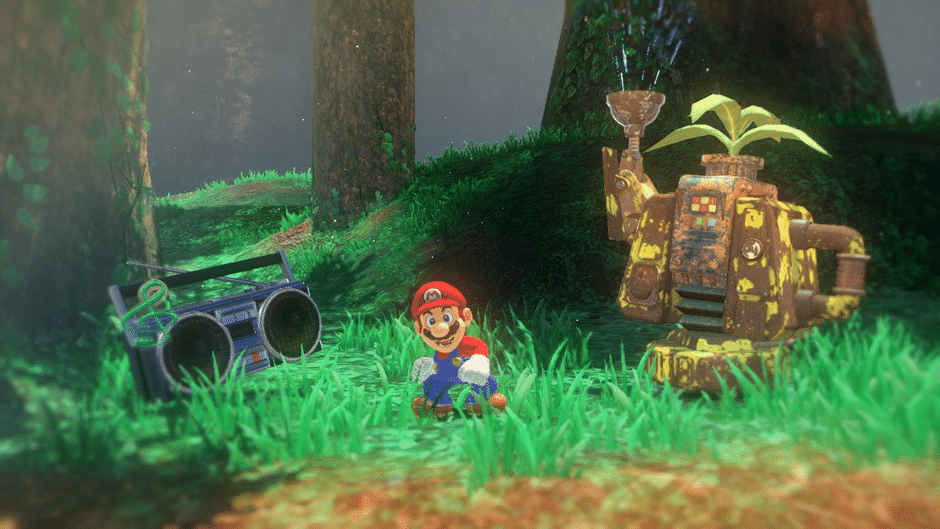PS Vita: The Handheld That Sony Abandoned—And Gamers Can’t Stop Loving
It’s 2025, and against all logic, the PS Vita is trending again. Once written off as Sony’s most spectacular flop, this misunderstood handheld is enjoying a massive renaissance among gamers, collectors, and homebrew enthusiasts.

It’s 2025, and against all logic, the PS Vita is trending again. Once written off as Sony’s most spectacular flop, this misunderstood handheld is enjoying a massive renaissance among gamers, collectors, and homebrew enthusiasts. But here’s the real question: Was the PS Vita actually a failure, or did Sony just give up on what could have been the best portable console of all time? Let’s dig into the drama, the design blunders, and the cult following that refuses to let the PS Vita die.
The PS Vita’s Fatal Flaws: Sony’s Self-Inflicted Wounds
Ask any longtime gamer why the PS Vita struggled, and you’ll get a laundry list of reasons—most of them Sony’s own doing. The proprietary memory cards were a notorious money grab, forcing players to pay sky-high prices for storage that was both limited and slow. In 2013, a 32GB Vita card cost £40 while a faster 16GB microSD was just £10. Sony’s refusal to use standard SD cards wasn’t just inconvenient; it was insulting. Even now, fans remember the sting of those overpriced cards, and it’s a cautionary tale for anyone hoping Sony will try another handheld in the future. For a deep dive into the memory card fiasco, check out this detailed breakdown from Push Square.
But the bad decisions didn’t stop there. The back touch panel was a gimmick that few developers used well, and it added unnecessary cost to the hardware. Sony’s obsession with cramming in features—like a SIM card slot, motion controls, and even a mysterious unused accessory port—made the Vita expensive to produce and confusing to market. The OLED screen was gorgeous, but in 2012, it was a luxury that pushed the price even higher. Sony’s own Shuhei Yoshida admitted these technical choices were “not necessary” and ultimately hurt the Vita’s chances of success.
Game Library Woes: Great Hardware, Disappointing Support
Here’s where the PS Vita’s story gets even more controversial. The hardware was ahead of its time, but Sony failed to back it up with a killer lineup of first-party games. Instead of focusing on exclusive titles that would make the Vita a must-have, Sony split its resources between the Vita and the PlayStation 4. The result? A handful of solid launch games, followed by years of neglect. Even the best ports struggled, with developers forced to compress audio and cut corners to fit games onto tiny memory cards. Classics like Sly Cooper and God of War suffered from poor sound quality and awkward control schemes, making them shadows of their console counterparts. For a brutally honest firsthand account, read this 2025 review from a gamer who bought a Vita in the modern era here.
And then there’s the elephant in the room: Monster Hunter. Nintendo’s deal to keep Monster Hunter exclusive to the 3DS at the Vita’s launch was a masterstroke that doomed Sony’s handheld in Japan and, by extension, worldwide. The 3DS got a price cut, a killer app, and a flood of kid-friendly games, while the Vita was left with a library that skewed heavily toward adult visual novels and niche genres. For families and younger players, the Vita simply couldn’t compete with Nintendo’s charm offensive.
Marketing Missteps and Missed Opportunities
Sony’s marketing strategy for the PS Vita was, in a word, baffling. They refused to promote the device aggressively in the U.S., skipping high-profile opportunities like the Super Bowl because it was “too expensive.” Instead of doubling down on the Vita’s strengths—its portability, its gorgeous screen, its potential for remote play—Sony seemed embarrassed by their own product. The lack of confidence was obvious, and gamers noticed. When the company finally pulled first-party support, it was the final nail in the coffin. Sony’s abandonment of the Vita is still a sore spot for fans who saw its potential squandered by corporate indifference.
The Homebrew Revolution: How the Community Saved the Vita
Here’s the twist: the PS Vita is more alive in 2025 than it ever was at launch, thanks to the passionate homebrew and hacking community. With Sony out of the picture, fans have turned the Vita into the ultimate retro gaming machine. Emulators, unofficial ports, and native PSP and PS1 support have transformed the device into a portable powerhouse. The community has fixed many of the original’s flaws, added quality-of-life features, and even enabled custom firmware that breathes new life into aging hardware. If you’re curious about what’s possible, the r/Vita subreddit is a treasure trove of guides, mods, and success stories.
In fact, the Vita’s homebrew scene is so robust that it’s now considered one of the best ways to play classic PlayStation games on the go. For collectors and tinkerers, finding a used Vita is like striking gold. The device’s value has skyrocketed on the secondhand market, and rare models are fetching eye-watering prices on auction sites. If you want to see just how active the community is, check out the latest projects and discussions on Reddit’s r/Vita.
Should Sony Try Again? The Handheld Debate Rages On
Rumors swirl every year about Sony making a new handheld, but after the Vita’s spectacular crash and burn, most fans are skeptical. Some argue that Sony should stick to consoles and leave portable gaming to Nintendo, whose Switch has dominated the market by learning from both the Vita’s successes and failures. Others believe that with the right approach—affordable storage, strong first-party support, and a focus on what gamers actually want—Sony could finally deliver the “Vita done right.”
But here’s the controversial take: maybe Sony’s biggest mistake wasn’t the hardware or the games, but their lack of faith in the handheld market itself. The Vita’s cult following proves there’s still a hunger for dedicated portable gaming, especially among players who want something more than a smartphone experience. If Sony ever decides to take another shot, they’d better listen to the lessons of the past—or risk repeating history.
The PS Vita’s Legacy: Failure or Cult Classic?
So, was the PS Vita a disaster or a misunderstood masterpiece? The answer depends on who you ask. For many, it’s a symbol of wasted potential and corporate hubris—a device that could have changed handheld gaming forever if only Sony had believed in it. For others, it’s a beloved underdog, a playground for hackers and collectors, and the best way to relive the golden age of PlayStation on the go.
One thing is certain: the PS Vita’s story isn’t over. As long as there are gamers willing to tinker, mod, and champion this quirky handheld, its legacy will continue to grow. In a world obsessed with the latest hardware, the Vita’s enduring appeal is a reminder that sometimes, the best consoles are the ones that refuse to die—even if their creators already gave up.
Conclusion: The Handheld That Refused to Be Forgotten
The PS Vita may have been abandoned by Sony, but it’s been embraced by a new generation of gamers who see it for what it truly is: a flawed, fascinating, and fiercely loved piece of gaming history. Whether you’re hunting for rare cartridges, building the ultimate retro emulator, or just reliving your favorite PlayStation classics, the Vita is proof that sometimes, the underdog wins in the end. Want to join the conversation or see what the fuss is about? Dive into the thriving community on r/Vita and discover why the PS Vita is the comeback story nobody saw coming.





